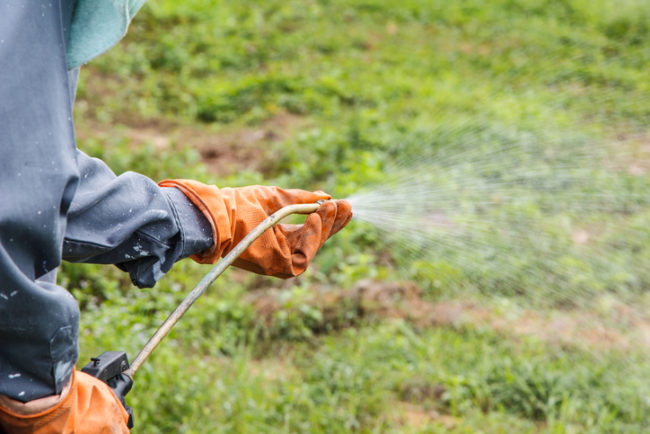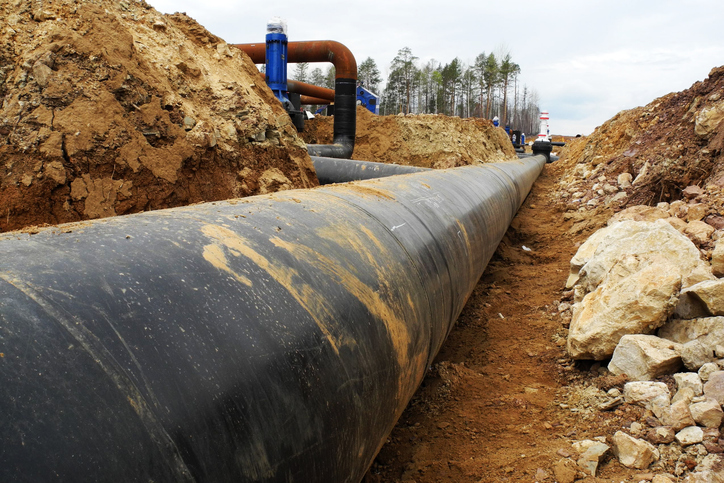Earlier this month, California state officials announced plans to ban chlorpyrifos, a widely used farm pesticide on crops such as oranges, grapes, and almonds. Chlorpyrifos is still approved for those uses by the EPA. The current EPA administration has been defending the chemical against court challenges after the Obama administration took steps to prohibit its use.
In April, chlorpyrifos was formally listed by the California Environmental Protection Agency (CalEPA) as a “toxic air contaminant,” which California law defines as “an air pollutant which may cause …
Continue Reading









